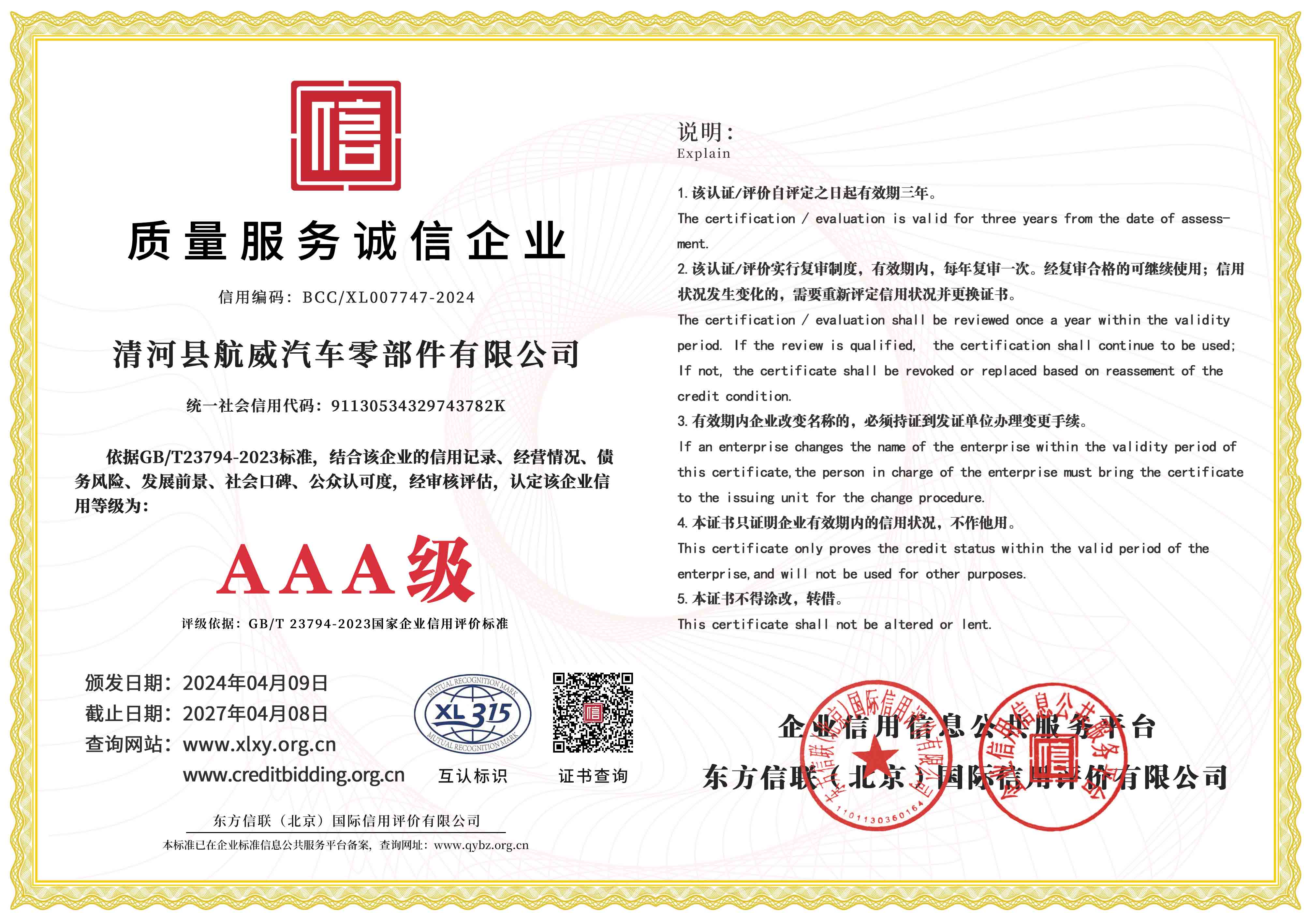hand brake wire
Understanding Hand Brake Wires Importance, Function, and Maintenance
The hand brake, often called the emergency brake or parking brake, is a critical safety feature in vehicles. It serves the essential purpose of securing a vehicle when parked, preventing it from rolling away and ensuring that it remains stationary, especially on inclined surfaces. At the heart of the hand brake system lies a vital component the hand brake wire. This article will explore the function and maintenance of the hand brake wire, emphasizing its importance in the overall braking system.
The Role of Hand Brake Wires
Hand brake wires are typically made of strong and durable materials, designed to withstand significant tension while providing a reliable connection between the hand brake lever and the braking mechanism on the rear wheels. When the hand brake lever is pulled, the wire transmits this force to activate the brakes, applying pressure to the brake pads or shoes and securing the vehicle.
The hand brake wire is a crucial link in the entire hand brake system, often consisting of one or two cables that run from the hand brake lever to the rear brakes. Depending on the vehicle's design, these wires may be housed within protective conduits to shield them from wear and tear caused by environmental factors, moisture, and road debris.
Signs of Wear and Tear
Like any other mechanical component, hand brake wires are susceptible to wear over time. Factors such as weather conditions, usage frequency, and quality of materials can influence the lifespan of these wires. Common signs of damage or wear include
1. Increased Hand Brake Travel If the hand brake lever requires significantly more effort or travel to engage the brakes, it may indicate stretched or frayed wires.
hand brake wire

3. Inconsistent Engagement If the hand brake does not hold the vehicle securely when engaged, it may be a sign of a malfunctioning wire or related components.
Maintenance Tips
To ensure the longevity and proper functioning of hand brake wires, regular maintenance is essential. Here are some tips for vehicle owners
1. Regular Inspections Periodically inspect the hand brake wire for signs of fraying, rust, or corrosion. If any damage is noticed, replace the wire promptly to ensure optimal safety.
2. Lubrication Periodic lubrication of the hand brake wire can help reduce friction, preventing wear and tear. Use a suitable lubricant that does not attract dirt and grime.
3. Professional Service Engaging in professional vehicle servicing can help in identifying potential issues early on. Mechanics can provide insights into the condition of the hand brake wire and recommend necessary repairs or replacements.
4. Proper Usage Educating drivers about the correct way to engage and disengage the hand brake can prevent unnecessary strain on the wires. Avoid yanking or exerting excessive force on the lever.
Conclusion
In conclusion, the hand brake wire plays a pivotal role in the effectiveness and safety of the hand brake system. Regular checks and maintenance can prolong the life of these wires, ensuring that vehicles are secure when parked and performing optimally. Whether you are an experienced driver or a new car owner, understanding the function of hand brake wires and taking proactive steps to maintain them can enhance safety on the road and give peace of mind. Always prioritize the functionality of your vehicle’s braking system for overall safety and reliability.
-
Upgrade Your Control with Premium Throttle CablesNewsAug.08,2025
-
Stay in Control with Premium Hand Brake CablesNewsAug.08,2025
-
Experience Unmatched Performance with Our Clutch HosesNewsAug.08,2025
-
Ensure Safety and Reliability with Premium Handbrake CablesNewsAug.08,2025
-
Enhance Your Vehicle with High-Performance Clutch LinesNewsAug.08,2025
-
Elevate Your Ride with Premium Gear CablesNewsAug.08,2025
